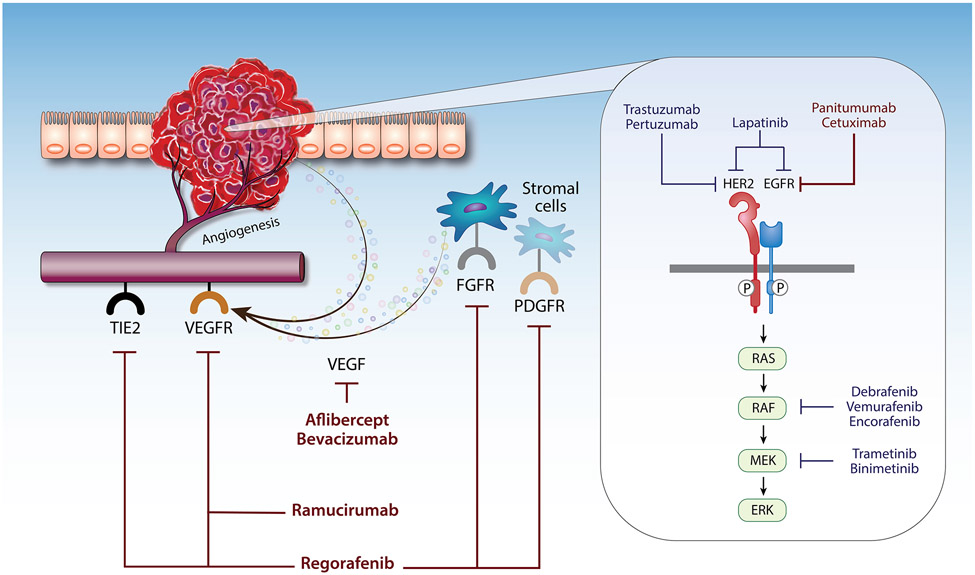Figure 2. Targeted therapy for metastatic colorectal cancer.
Diagram illustrating the mechanism by which biological agents target the tumor cells or the tumor microenvironment (TME) to inhibit CRC metastasis. The EGFR encompasses four closely related receptor tyrosine kinases (i.e., EGFR, HER2-4). Dimerization of the receptors leads to their phosphorylation and subsequent activation of the effector proteins of the MAPK pathway (RAS, RAF, MEK, and ERK). Trastuzumab, pertuzumab, lapatinib, panitumumab, cetuximab, dabrafenib, vemurafenib, encorafenib, trametinib, and binimetinib target the HER2/EGFR-mediated MAPK pathway. Drugs such as bevacizumab, aflibercept, ramucirumab, and regorafenib target angiogenesis by inhibiting the VEGF receptors expressed on endothelial cells. Names of drugs in red indicate US FDA-approved therapy. Names of drugs in blue indicate drugs in clinical trials. Abbreviations: HER2, human epidermal growth factor receptor 2; EGFR, epidermal growth factor receptor; VEGF, vascular endothelial growth factor; VEGFR, VEGF receptor; FGFR, fibroblast growth factor receptor; PDGFR, platelet-derived growth factor receptor; TIE2, tunica interna endothelial cell kinase 2.

